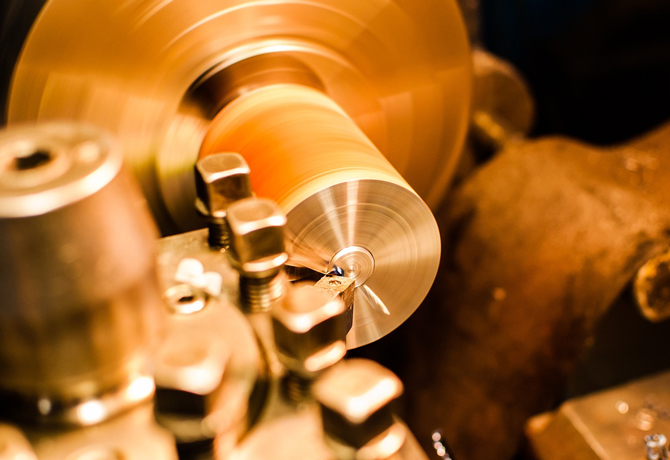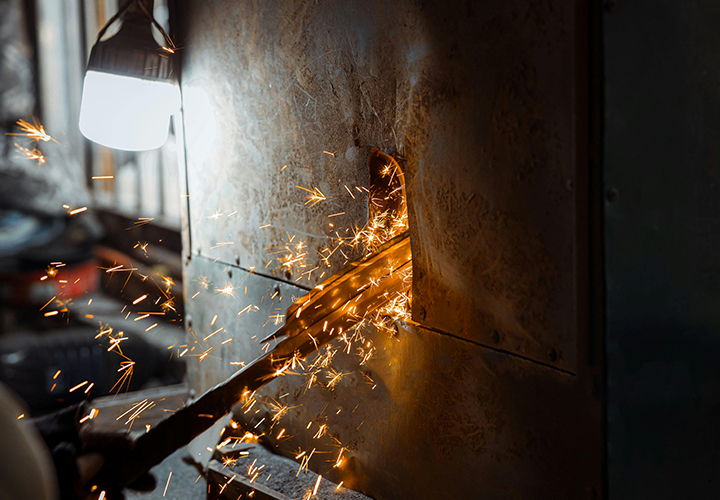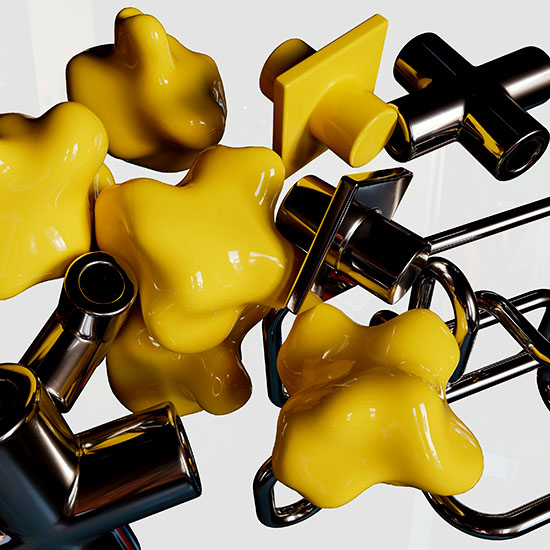Vyžádejte si online cenovou nabídku ještě dnes.
 Všechna nahrávání jsou bezpečná a důvěrná
Všechna nahrávání jsou bezpečná a důvěrnáCertifikace:
ISO 13485 | IATF 16949


6061
6063
Lightweight, corrosion-resistant, good thermal and electrical conductivity.
Lightweight, corrosion-resistant, good thermal and electrical conductivity.

316
430
420
303
304
High strength, excellent corrosion resistance, and heat resistance.
High strength, excellent corrosion resistance, and heat resistance.
High strength, excellent corrosion resistance, and heat resistance.
High strength, excellent corrosion resistance, and heat resistance.
High strength, excellent corrosion resistance, and heat resistance.

H62
H59
Good machinability, corrosion resistance, and antimicrobial properties.
Good machinability, corrosion resistance, and antimicrobial properties.

C12200
C11000
T3
T2
T1
High electrical and thermal conductivity, ductility, and corrosion resistance.
High electrical and thermal conductivity, ductility, and corrosion resistance.
High electrical and thermal conductivity, ductility, and corrosion resistance.
High electrical and thermal conductivity, ductility, and corrosion resistance.
High electrical and thermal conductivity, ductility, and corrosion resistance.

Grade 5
Grade 4
Grade 2
High strength-to-weight ratio, excellent corrosion resistance, and biocompatibility.
High strength-to-weight ratio, excellent corrosion resistance, and biocompatibility.
High strength-to-weight ratio, excellent corrosion resistance, and biocompatibility.

Fe 430 A
Fe 360 A
High tensile strength, hardness, and wear resistance.
High tensile strength, hardness, and wear resistance.

GCr15
GCr9
GCr6
High hardness, wear resistance, and ability to retain sharp edges.
High hardness, wear resistance, and ability to retain sharp edges.
High hardness, wear resistance, and ability to retain sharp edges.

Polypropylene
PVC
PTFE
Polycarbonate
Delrin
PEEK
Nylon
ABS
Lightweight, good chemical resistance, and fatigue resistance.
Good chemical resistance, lightweight, and durable.
Low friction, high chemical resistance, and thermal stability.
High impact resistance, optical clarity, and good dimensional stability.
Low friction, high stiffness, and excellent dimensional stability.
High thermal stability, chemical resistance, and mechanical strength.
High tensile strength, wear resistance, and low friction.
Lightweight, impact-resistant, and easy to machine.


 Co je 3D tisk?
Co je 3D tisk?
3D tisk je technologie, která vyrábí objekty vrstvením materiálů vrstvu po vrstvě, známá také jako aditivní výroba. Vychází z digitálních návrhových souborů (například formátu STL) a používá různé materiály (jako jsou plasty, kovy, pryskyřice atd.) k tisku složitých tvarů a struktur, kterých tradiční metody nelze snadno dosáhnout.
 Jaké materiály lze použít při 3D tisku?
Jaké materiály lze použít při 3D tisku?
Mezi běžné materiály pro 3D tisk patří:
Výběr materiálu obvykle závisí na požadavcích aplikace, trvanlivosti, ceně a přesnosti zpracování tištěného předmětu.
 Jaké jsou rozdíly mezi 3D tiskem a tradičními výrobními metodami?
Jaké jsou rozdíly mezi 3D tiskem a tradičními výrobními metodami?
Na rozdíl od tradičních výrobních metod (jako je odlévání, řezání, formování atd.) je 3D tisk aditivní výrobní proces, který konstruuje objekty vrstvením materiálů bez nutnosti použití forem nebo obráběcích nástrojů. Tato metoda umožňuje vytvářet velmi složité struktury a zároveň snižuje množství odpadu a dobu zpracování. 3D tisk navíc umožňuje individuální úpravy, takže je ideální pro malosériovou výrobu a návrh prototypů.
 Jak zajistit kvalitu 3D tištěných modelů?
Jak zajistit kvalitu 3D tištěných modelů?
Mezi klíčové faktory pro zajištění kvality 3D tisku patří:
 Jaká je přesnost 3D tisku?
Jaká je přesnost 3D tisku?
Přesnost 3D tisku závisí na různých faktorech, včetně typu použité tiskárny, materiálů a nastavení tisku. Tiskárny FDM (Fused Deposition Modeling) mají obecně rozsah přesnosti 0,1 mm až 0,5 mm, zatímco tiskárny SLA (Stereolitografie) mohou dosáhnout přesnosti kolem 0,05 mm.
 Jaké aplikace jsou vhodné pro 3D tisk?
Jaké aplikace jsou vhodné pro 3D tisk?
3D tisk se široce používá v mnoha oblastech, včetně:
S rozvojem technologií se neustále rozšiřuje škála aplikací 3D tisku.
 Kolik stojí 3D tisk?
Kolik stojí 3D tisk?
Cena 3D tisku se liší v závislosti na několika faktorech, včetně:
3D tisk je obecně vhodný pro malosériovou výrobu nebo personalizované úpravy; pro velkovýrobu mohou být tradiční výrobní metody nákladově efektivnější.
 Jak vybrat vhodnou technologii 3D tisku?
Jak vybrat vhodnou technologii 3D tisku?
Výběr správné technologie 3D tisku vyžaduje zvážení několika faktorů: